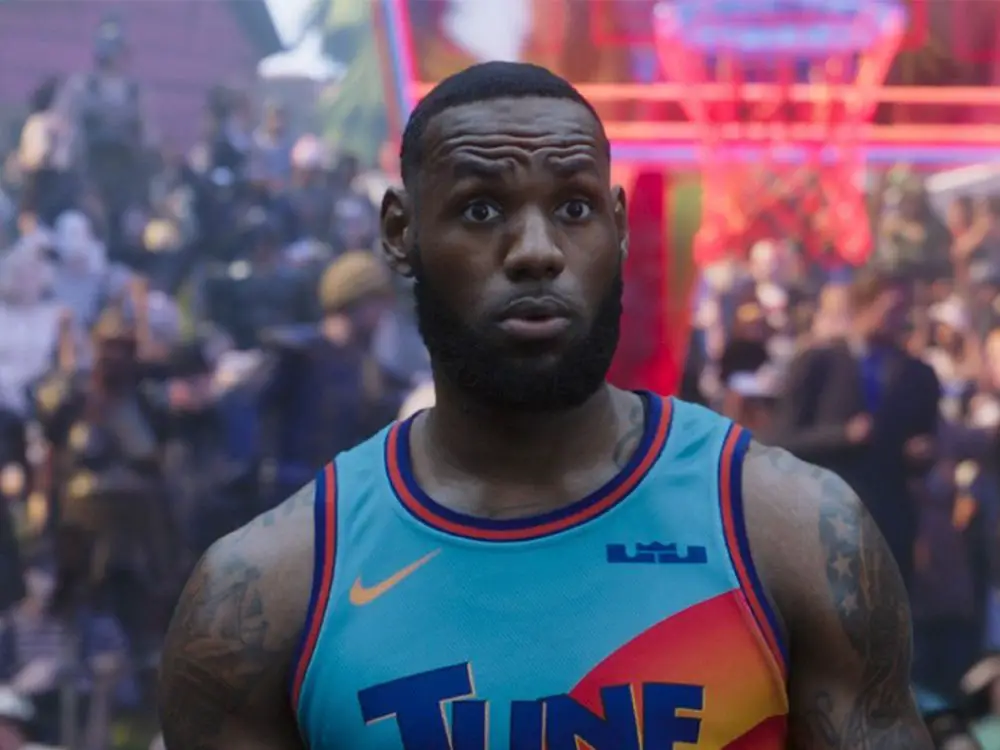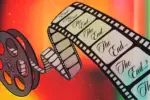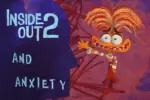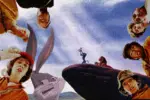“Space Jam” was the 10th highest-grossing film of the year when it was released in 1996. It wasn’t critically acclaimed or even particularly well-received, but its box office success meant a sequel was practically guaranteed. About half a dozen ideas for a sequel were pitched, including a skateboarding-themed sequel starring Tony Hawk called “Skate Jam,” but the script that would become “Space Jam: A New Legacy” wasn’t started until 2014. But after all that time, can this sequel meet the utterly achievable standards set by its predecessor? Unfortunately, no, but it’ll certainly keep the young ones entranced for its two-hour runtime as they stare at the flashy yet pointless CGI-riddled spectacle unfolding before them.
“Space Jam: A New Legacy” is what Hollywood calls a “soft reboot,” or a sequel that isn’t a direct continuation of any preceding film and that rarely acknowledges the events of its predecessor aside from a few characters remarking at the baffling familiarity of their situation. As a result, the film is free to completely retread old ground, so the formula is pretty obvious: The Looney Tunes team up with a star basketball player to play a ridiculously high-stakes game against a group of monsters playing on the behalf of a tyrannical villain who wouldn’t look out of place in a comic book.
The plot unfolds exactly the same as in the first film, with a few minor alterations; LeBron James stars as himself, facing off against the cartoonishly supervillainous rogue Al-G Rhythm — a pun on the term “algorithm” — played by the accomplished actor Don Cheadle. Cheadle’s performance as an AI, while not Oscar-worthy, is definitely the strongest in the film and makes the whole affair just a bit more bearable.
After James rejects an offer from Al-G to become a mascot for Warner Bros., the AI abducts both James and his frustrated young son Dom, played by Cedric Joe, and traps the pair in a Warner Bros. virtual reality where he challenges James to a basketball game. Al-G gives James 24 hours to assemble a team of Warner Bros. characters to face his own freakish team, the Goon Squad, which is led by James’ disaffected son who feels as though his father isn’t supportive of his interests in video game development.
While James brings the old Looney Tunes-filled Tune Squad back together, Al-G manipulates Dom into serving as the Goon Squad’s team captain and steals his game design to serve as the medium through which the big game will be played. At the same time, Al-G steals a piece of programming from Dom that (somehow) allows him to scan people into the so-called virtual ServerVerse. At the beginning of the final confrontation with the Goon Squad, Al-G abducts every single viewer of the game’s livestream and holds them hostage, promising that he will release them back into the real world only if the Tune Squad wins. Apart from the details mentioned here, the film’s overall structure and plot are identical to those of the first film.
But if its plot is identical to the first film’s, why is it inferior? The answer lies in the film’s incessant and frankly obnoxious reliance on references and reference humor. “Space Jam: A New Legacy” takes place almost entirely in the Warner Bros. ServerVerse, meaning that almost every location the characters visit has WB-owned characters who briefly interact with the Tune Squad. There are more character cameos than can be listed in this article, some of which include Superman, the Iron Giant, King Kong and even Rick and Morty. All of these characters appear to say a few lines of dialogue (or just appear onscreen if they’re incapable of speech) and act as punchlines to jokes that invariably fall flat.
The worst example comes in a 4-minute-long sequence where the movie reuses footage from films like “Austin Powers,” “The Matrix,” “Mad Max: Fury Road” and “Casablanca” by inserting Looney Tunes characters into each work in a manner reminiscent of “Forrest Gump,” yet with none of the charm of Zemeckis’ film. In another example, during the big game, almost every spectator in the stands is a character from a WB-owned property. The film consistently tries to remind viewers that these properties exist and that they’re all owned by WarnerMedia. The film is, in essence, just a giant ad for Warner Bros., and by extension, HBO Max.
Another point against the film is its overuse of 3D CGI animation, which looks flat and unappealing in contrast to the slick hybrid of 2D animation and live-action filmmaking used in the first film. Everything that takes place in the ServerVerse is covered in incredibly harsh orange-and-blue lighting that results in a sort of sensory overload, especially during the final basketball game, where flashing lights and particle effects are overwhelmingly distracting and make the film difficult to watch. The film’s 2D animation that is used when James visits the world of the Looney Tunes is as appealing as ever — so of course, very little time is spent there.
During the final act, the 2D-animated Looney Tunes characters are transformed into more “photorealistic” 3D models so that they can interact with live-action actors like James and Cheadle. These 3D models lack the expressiveness and personality exuded by their 2D counterparts, which is crucially important in the finale, where the stakes are the highest and where the audience should be able to empathize with them the most. Despite its $150 million budget, the new movie oftentimes looks worse than the original, which was made for half its budget 25 years ago.
In the end, “Space Jam: A New Legacy” is a beat-for-beat re-creation of the original film with none of its charm. Its few original and interesting ideas are drowned in a deluge of mindless pop culture references that distract the audience and seem dead-set on taking the viewer out of the film and into a multi-million-dollar advertisement for Warner Bros. and HBO Max.
















